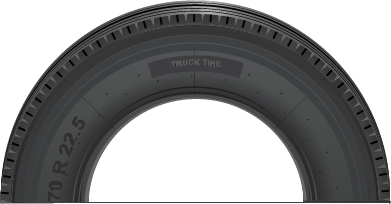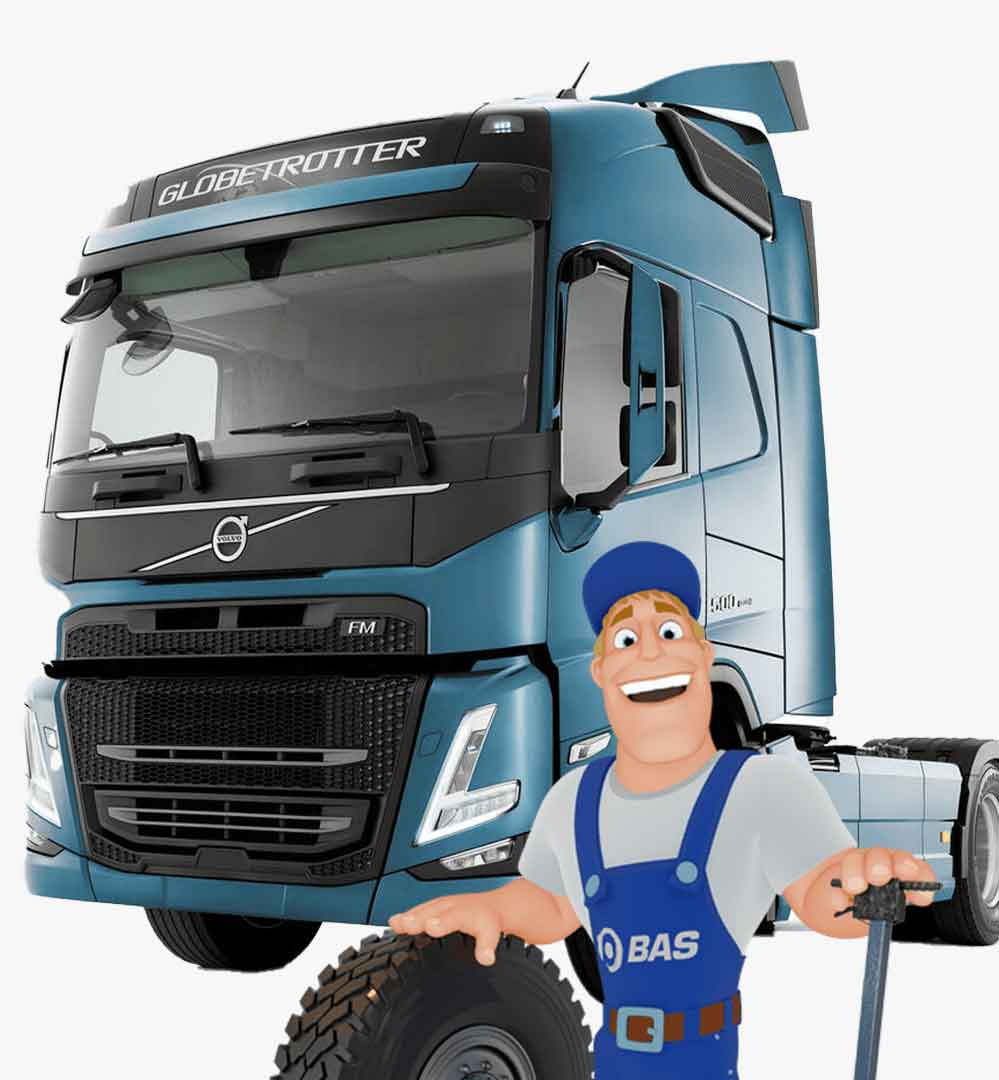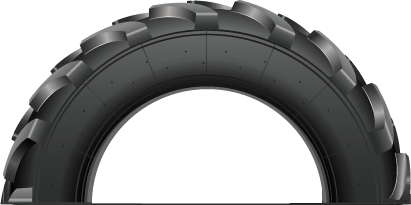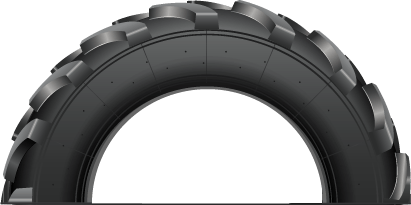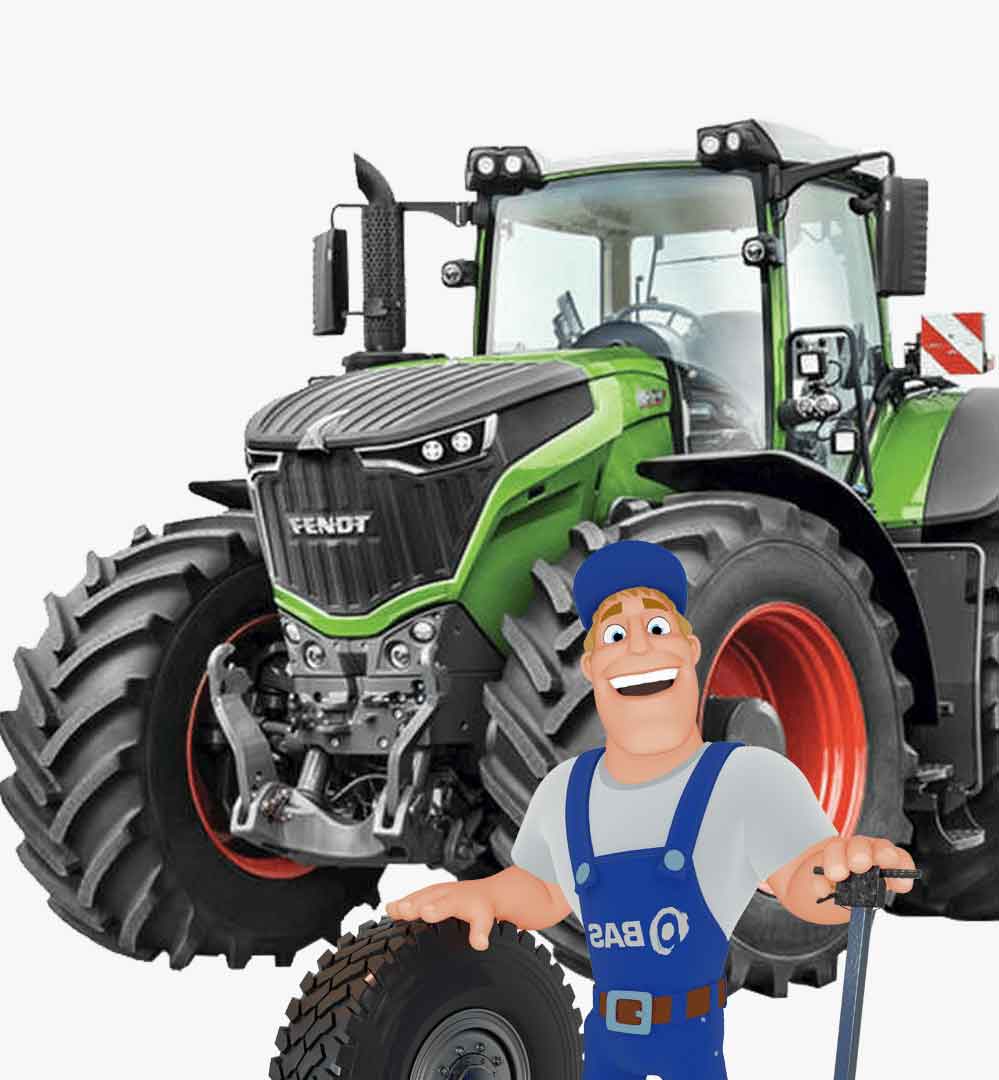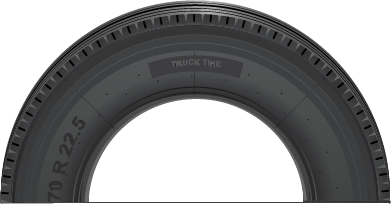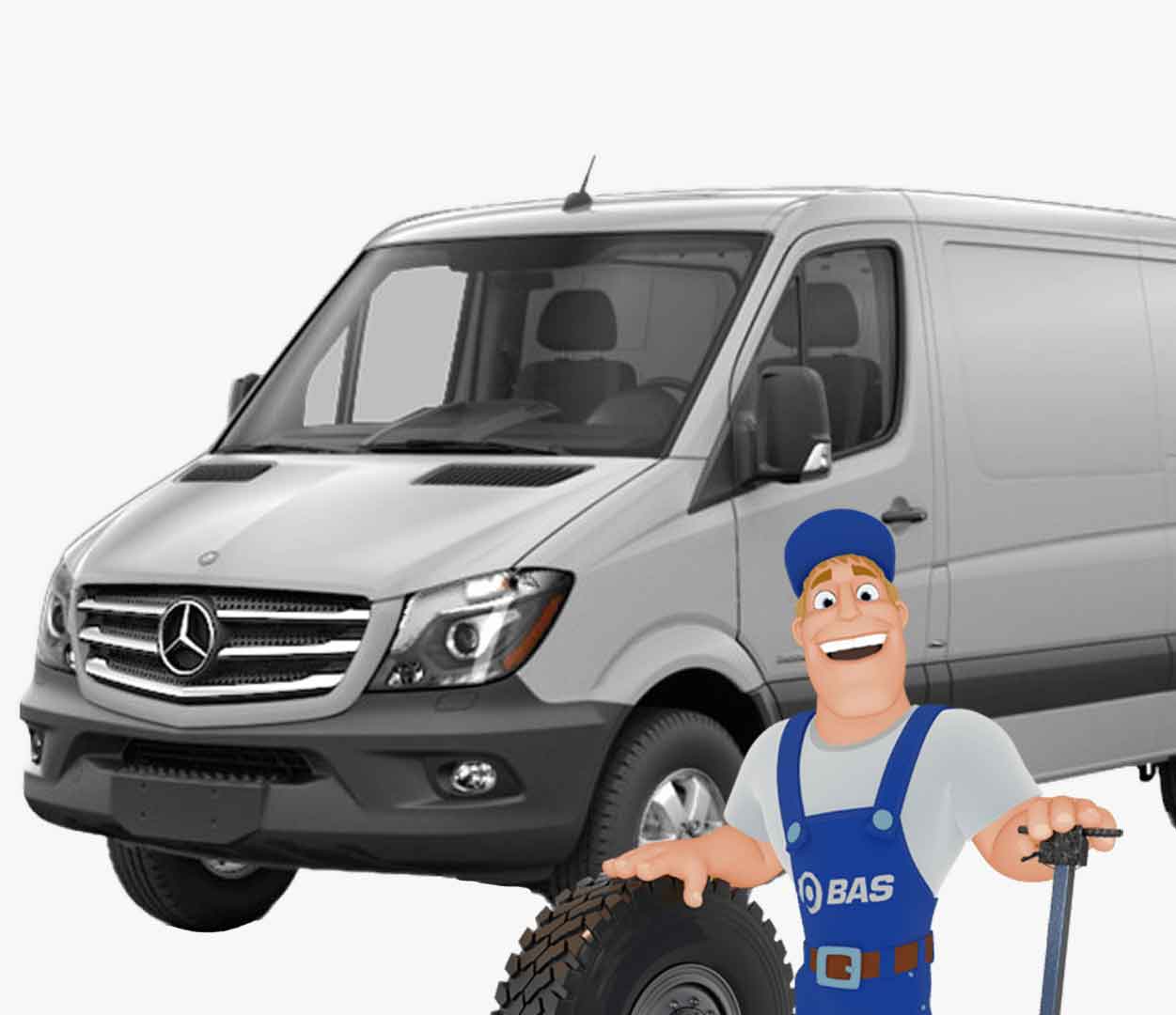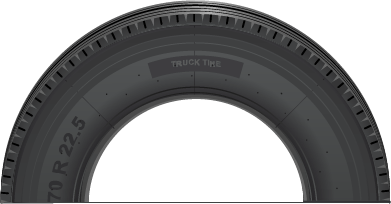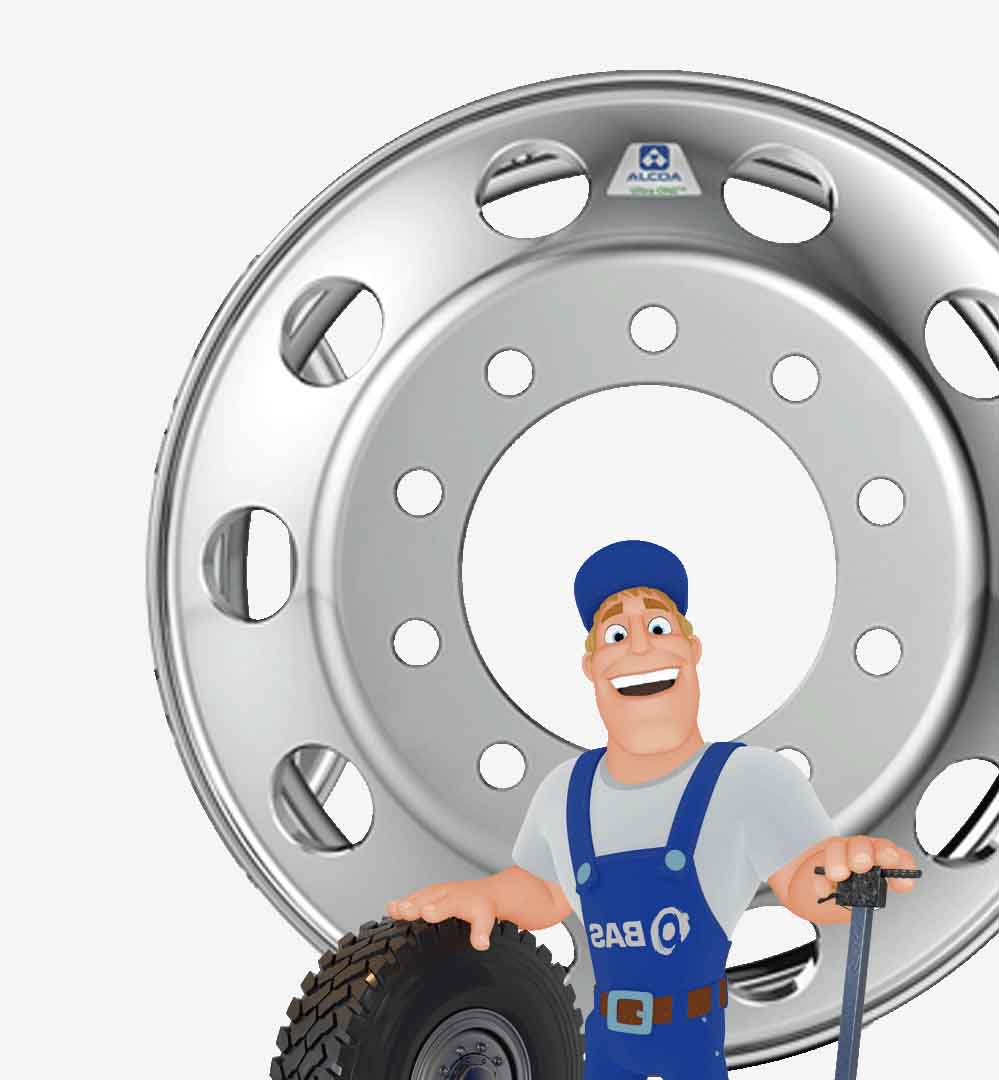The new European tyre label


What is the difference between the old and new labels?
In May 2021 the European Union introduced a new EU tyre label. This label is introduced to provide consumers with more comprehensive information about certain tyre properties. On the new label, the grades for "rolling resistance" and "wet braking performance" have been restructured and noise performance is now indicated by the number of decibels and the letters A, B or C. End-users can access additional information on their chosen tyre in an EU database by scanning the QR code on the label.
Two new pictograms and new classes
Another new feature concerns two pictograms that indicate whether this is a snow-tyre that meets the EU type-approval standards - also known as the snowflake test - and/or a non-studded tyre that offers ice grip in accordance with the new ISO standard.
From May 2021, the EU tyre label information should also be available for heavy duty vehicle tyres (class C3). On the new label, classes A to C remain unchanged. For C1 and C2 tyres, respectively for passenger cars and vans, tyres previously in class E for rolling resistance and wet grip will now be classified in class D which was previously empty, while tyres previously in classes F and G will now be classified in class E.
This makes the label clearer and easier to interpret.


The new QR code
Consumers can download more information about each tyre by scanning the QR code located in the top right corner of the tyre label. The QR code is linked to the EPREL database (EPREL = European Product Registry for Energy Labelling) which contains the product data sheet. This sheet shows all label values for the specific tyre, as well as the production start and end dates for the respective model.
The product data sheets are individually entered into the EPREL database by the manufacturer and, as in the past, the assignment to the correct label class is also handled by the relevant manufacturer.
The new EU tyre label is intended to help consumers to choose more fuel-efficient tyres while at the same time providing them with information on braking distances. For both end-users and fleet owners, choosing tyres with lower rolling resistance can lead to substantial savings in terms of fuel costs and lower emissions. The clear information on wet grip helps to improve road safety, while the information on external rolling noise aims to reduce noise pollution from road traffic.
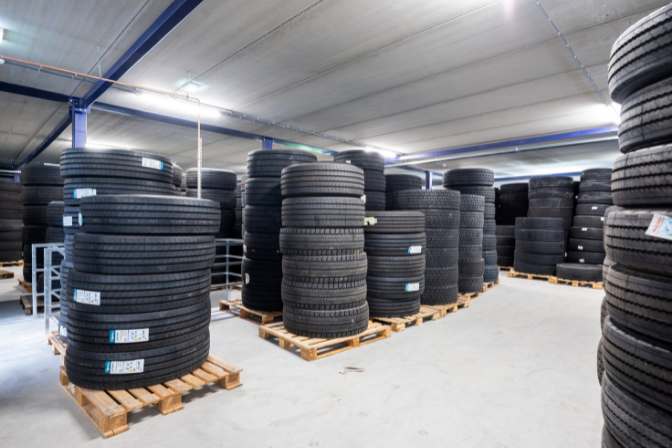


 Deutsch
Deutsch  Français
Français  Italiano
Italiano  Nederlands
Nederlands  Română
Română  български
български 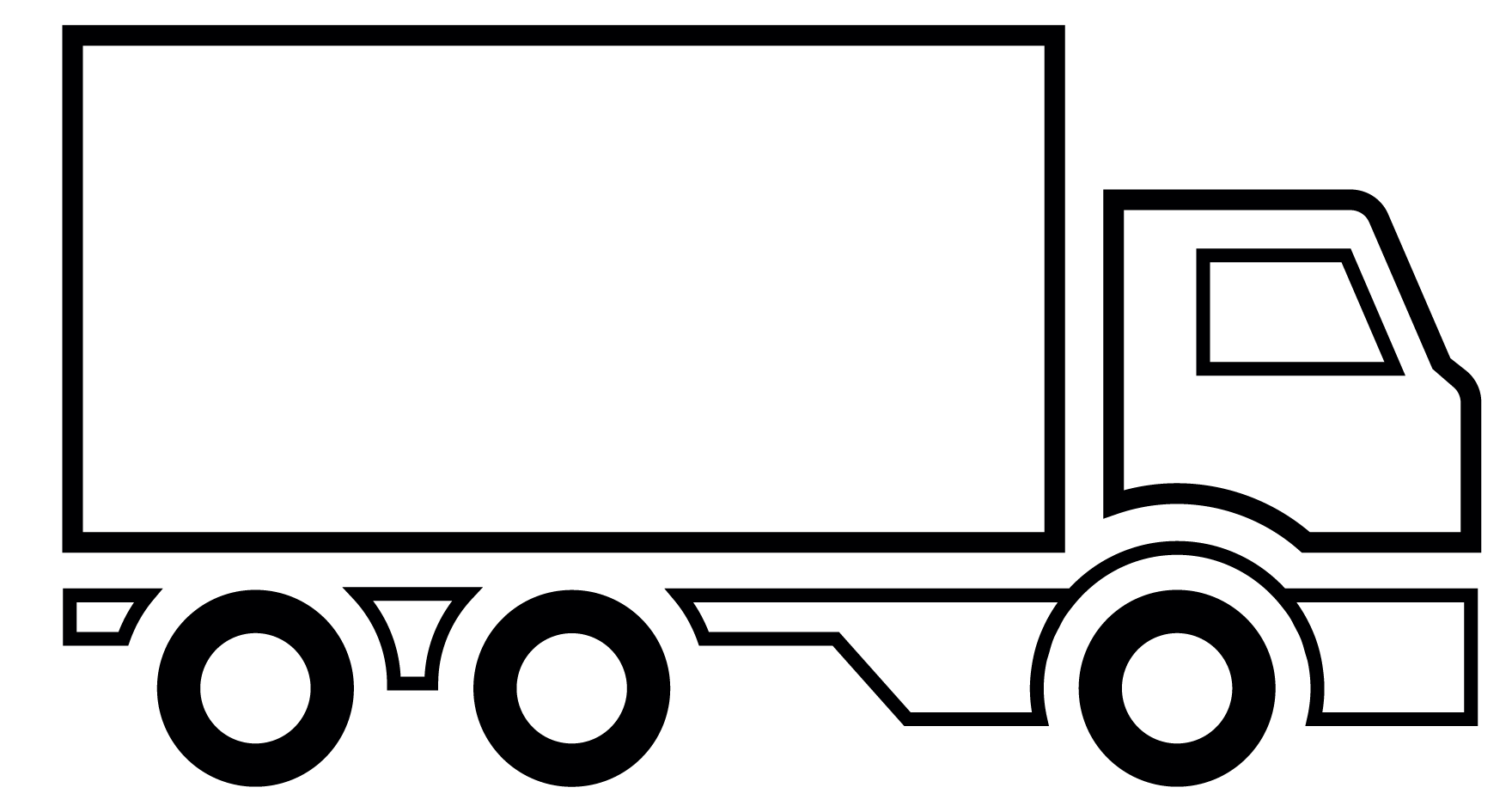 Truck Tyres
Truck Tyres  Earth Mover Tyres
Earth Mover Tyres  Agricultural Tyres
Agricultural Tyres 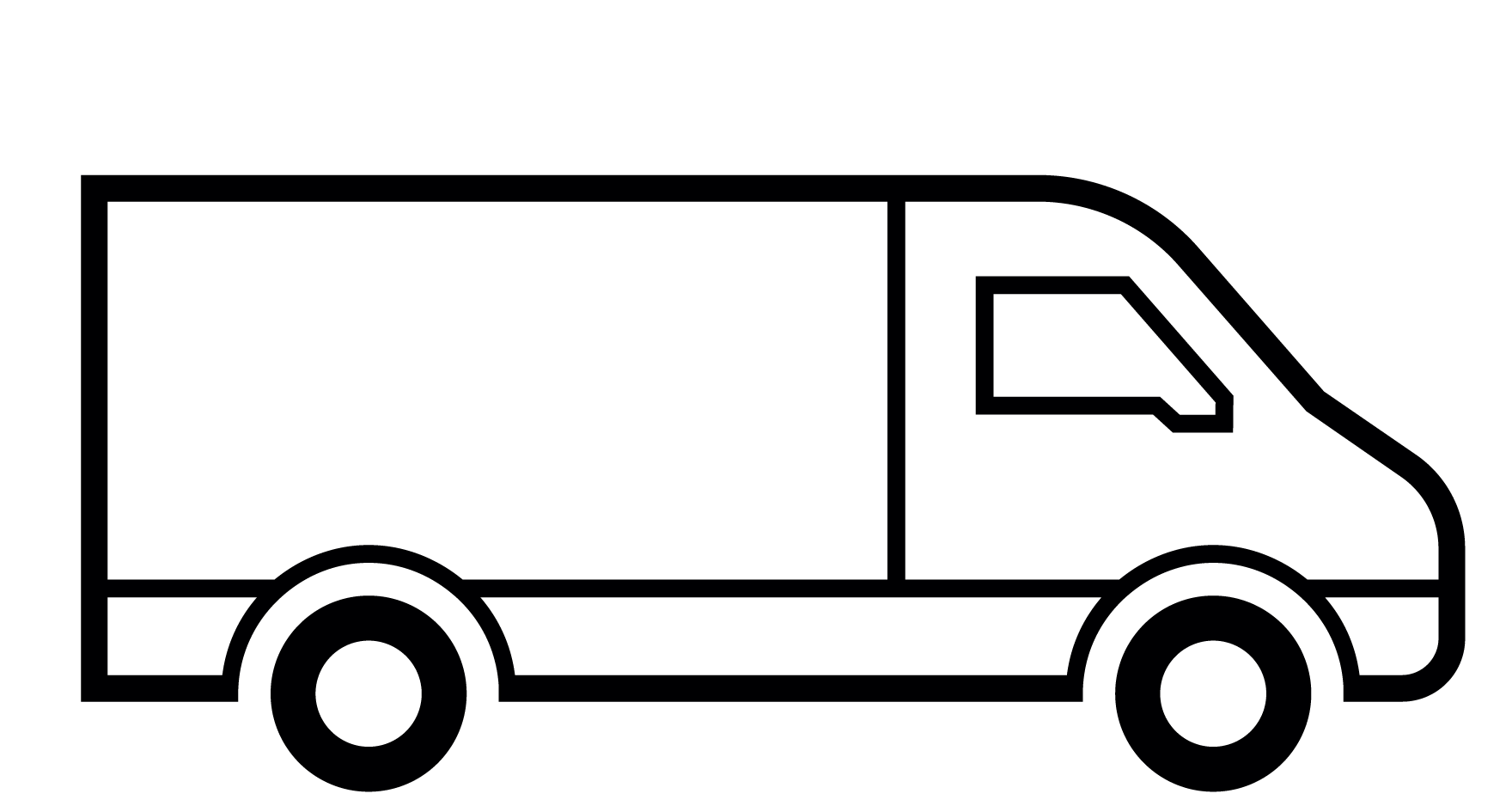 Van Tyres
Van Tyres  Used Tyres
Used Tyres 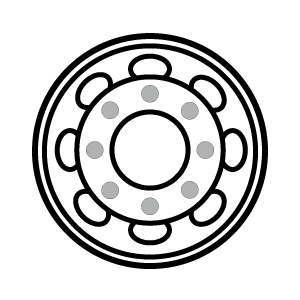 Rims
Rims 